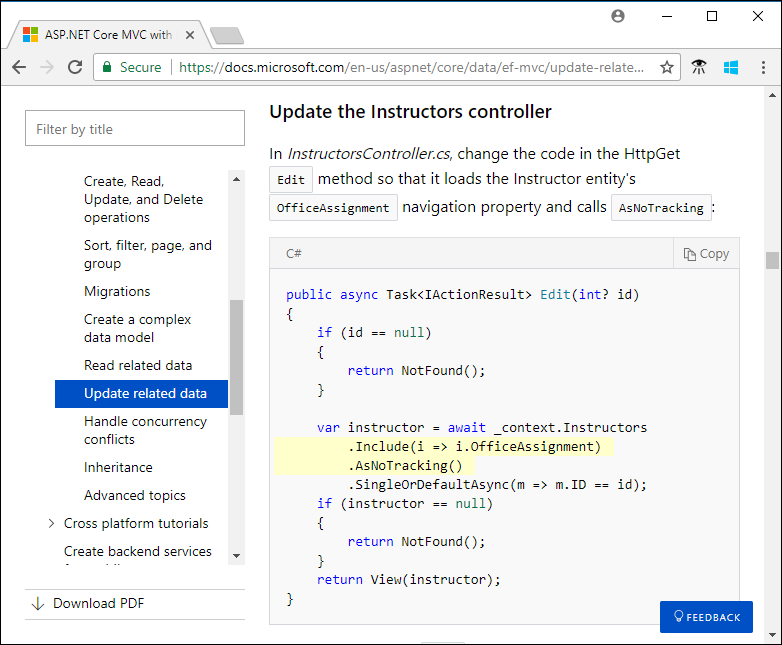Microsoft Word Insert Code Snippets
-->
Code snippets are small blocks of reusable code that can be inserted in a code file using a right-click menu (context menu) command or a combination of hotkeys. They typically contain commonly used code blocks such as try-finally or if-else blocks, but they can be used to insert entire classes or methods.
Nov 08, 2013 Step 1 – Insert Object from MS Word’s INSERT menu. Select OBJECT from the drop-down (as opposed to ‘Text from file’). Step 2 – You should see an ‘Object’ pop-up – that contains a list of ‘object types’ that you can insert. Select ‘OpenDocument – Text’. Code snippets can be accessed in the following general ways: On the menu bar, choose Edit IntelliSense Insert Snippet. From the right-click or context menu in the code editor, choose Snippet Insert Snippet. From the keyboard, press Ctrl + K, Ctrl + X. From the “Insert” menu on the ribbon in Microsoft Word, select “Text from File” under the Object icon’s dropdown. If you don’t see that icon, make sure you’ve maximized your Word window to reveal all the icons in the ribbon. In the pop-up file browser, select the HTML file that ansi2HTML created. The colored text will be copied. Microsoft Word For Mac Insert Code Snippets Free Helps you improve the quality of your code. For example, you can easily find and remove unused declarations in the source code (constants, variables, etc.) and you can find issues where your code does not follow the rules you have specified.
Note
This topic applies to Visual Studio on Windows. For Visual Studio for Mac, see Code snippets (Visual Studio for Mac).
Code snippets are available for a multitude of languages, including C#, C++, Visual Basic, XML, and T-SQL, to name a few. To view all the available installed snippets for a language, open the Code Snippets Manager from the Tools menu (or, press Ctrl+K, Ctrl+B), and choose the language from the drop-down menu at the top.
Code snippets can be accessed in the following general ways:
On the menu bar, choose Edit > IntelliSense > Insert Snippet
From the right-click or context menu in the code editor, choose Snippet > Insert Snippet
From the keyboard, press Ctrl+K,Ctrl+X
Expansion snippets and surround-with snippets
In Visual Studio there are two kinds of code snippet: expansion snippets, which are added at a specified insertion point and may replace a snippet shortcut, and surround-with snippets (C# and C++ only), which are added around a selected block of code.
An example of an expansion snippet: in C# the shortcut tryf is used to insert a try-finally block:

You can insert this snippet by clicking Insert Snippet in the right-click menu (context menu) of the code window, then Visual C#, then type tryf, and then press Tab. Or, you can type tryf and press Tab twice.
:max_bytes(150000):strip_icc()/NewSourceCode-d276da35f0ba4f36aafddaa578cad3b0.jpg)
How To Insert Source Code Into A Word Document
An example of a surround-with snippet: in C++ the shortcut if can be used either as an insertion snippet or as a surround-with snippet. If you select a line of code (for example return FALSE;), and then choose Surround With > if, the snippet is expanded around the line:
Snippet replacement parameters
See Full List On Owlcation.com
Snippets can contain replacement parameters, which are placeholders that you must replace to fit the precise code you are writing. In the previous example true is a replacement parameter, which you would replace with the appropriate condition. The replacement you make is repeated for every instance of the same replacement parameter in the snippet.
For example, in Visual Basic there's a code snippet that inserts a property. To insert the snippet, choose Snippet > Insert Snippet from the right-click or context menu in a Visual Basic code file. Then, choose Code Patterns > Properties, Procedures, Events > Define a Property.

The following code is inserted:
If you change newPropertyValue to m_property, then every instance of newPropertyValue is changed. If you change String to Int in the property declaration, then the value in the set method is also changed to Int.